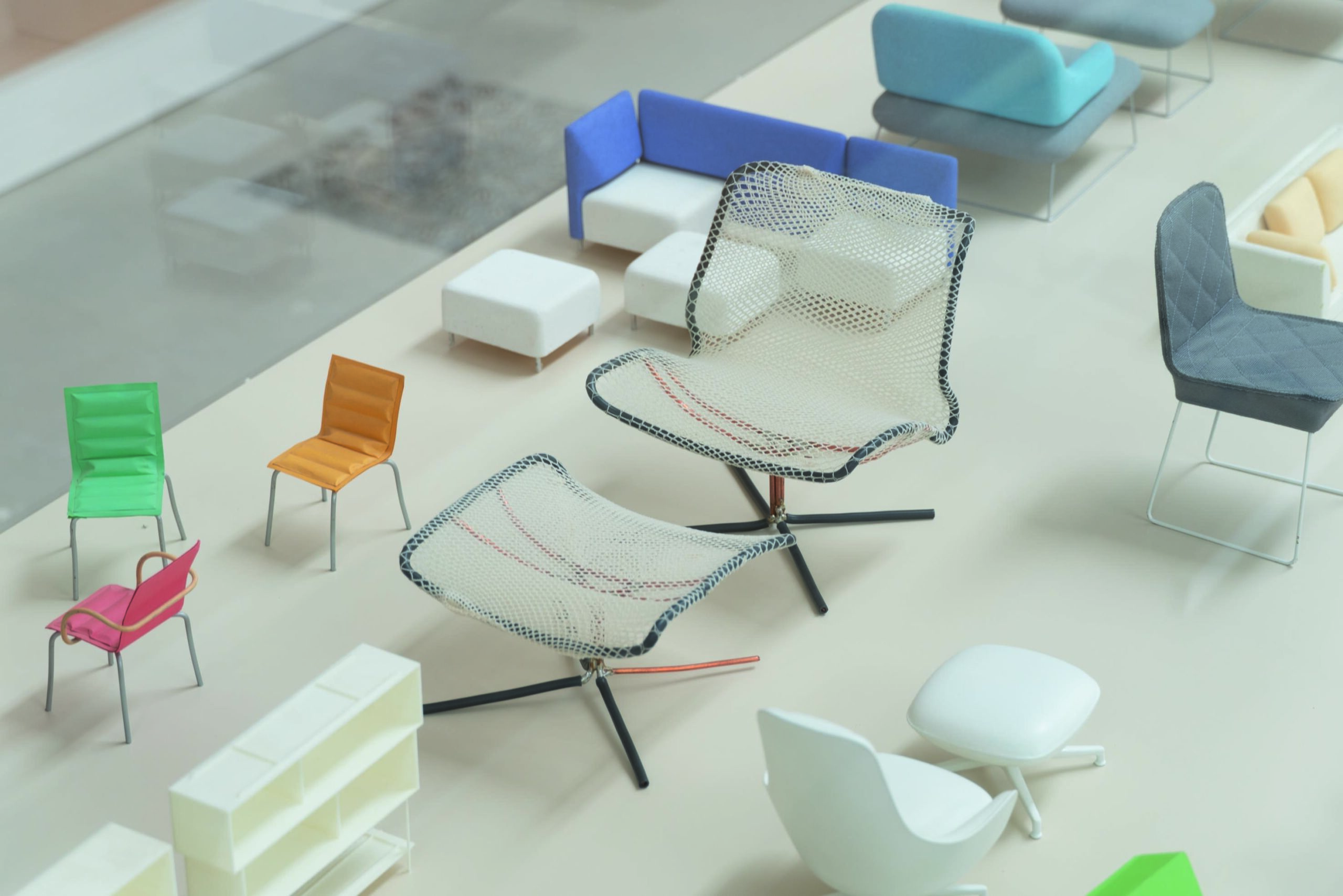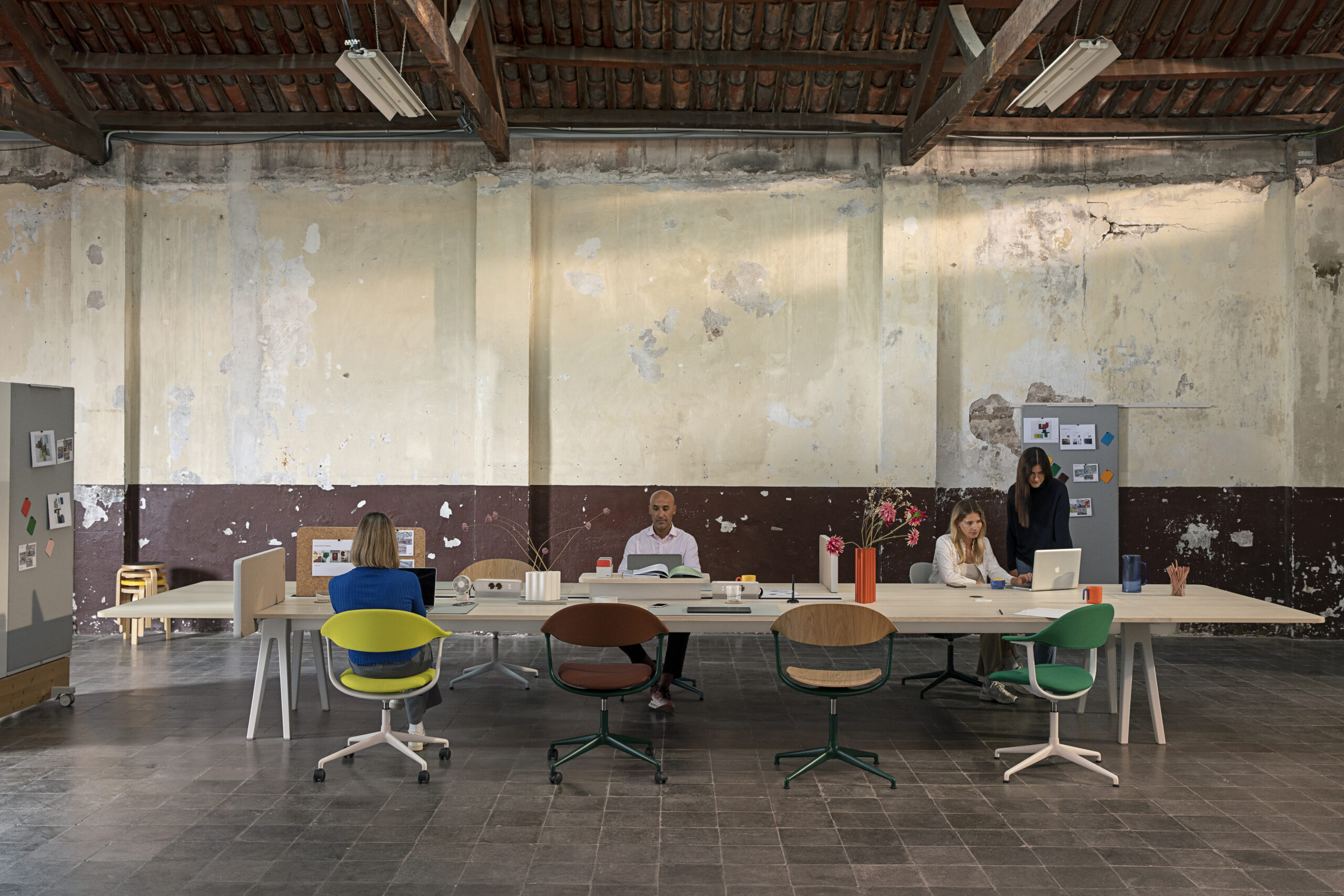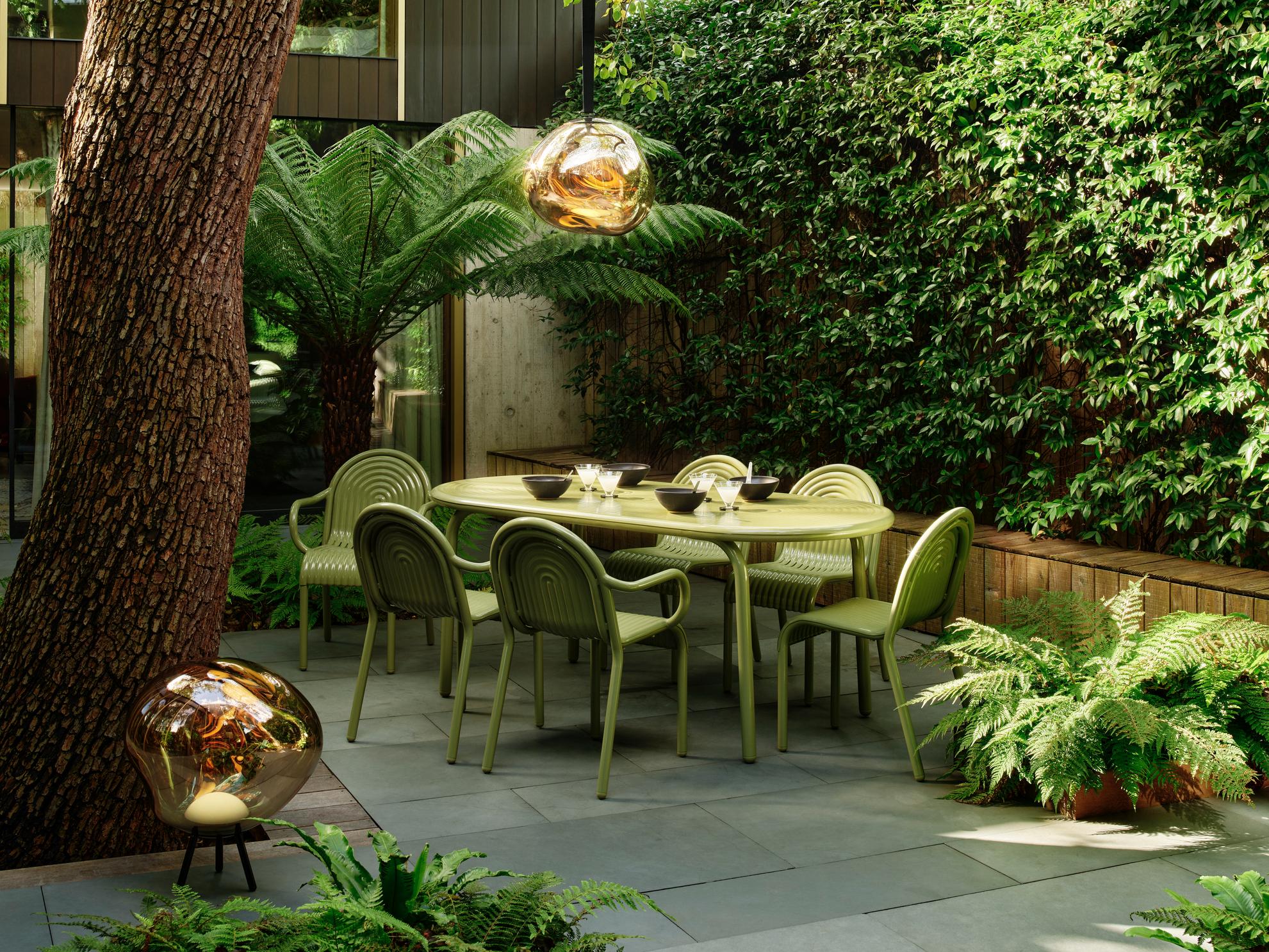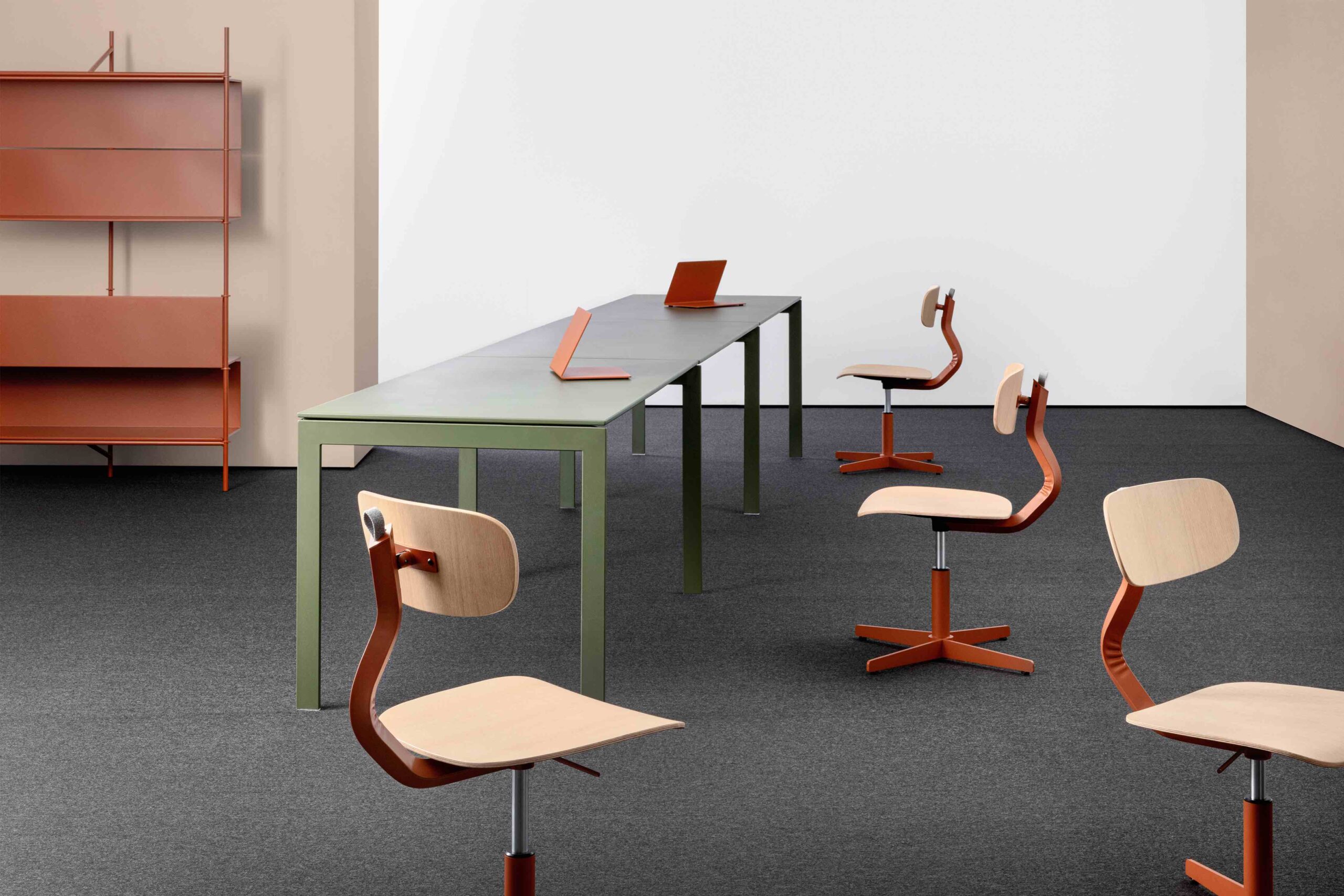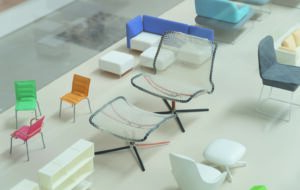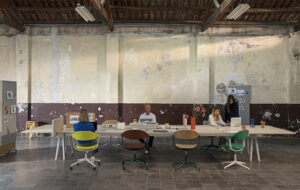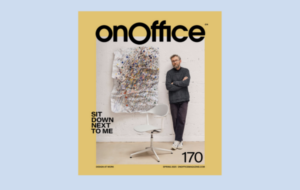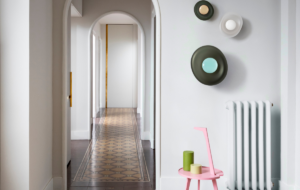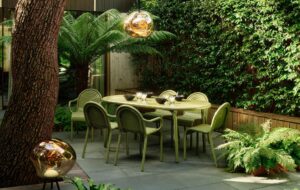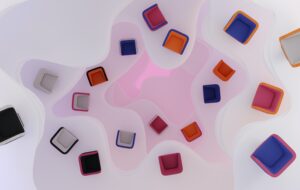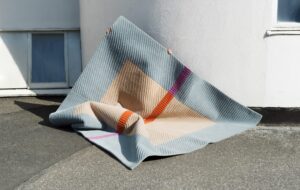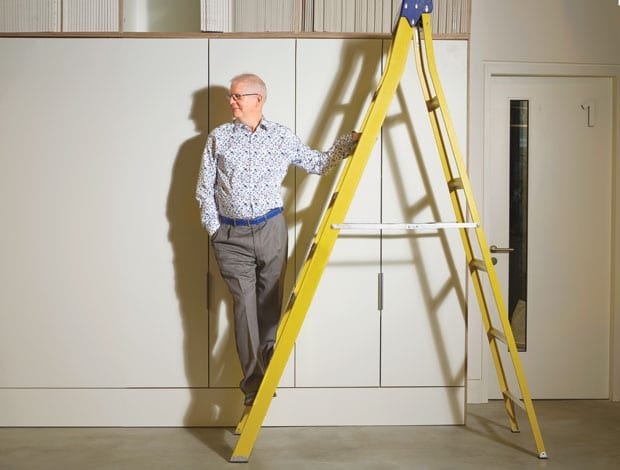 |The new Make office in Fitzrozia|The new Make office in Fitzrozia|The new Make office in Fitzrozia|The new Make office in Fitzrozia|The new Make office in Fitzrozia|Eyecatching fretwork on Birmingham mixed-use site The Cube|Eyecatching fretwork on Birmingham mixed-use site The Cube|Eyecatching fretwork on Birmingham mixed-use site The Cube|Rathbone Square, two L-shaped blocks arranged around a garden|The client area in HSBC’s private banking HQ in Switzerland||
|The new Make office in Fitzrozia|The new Make office in Fitzrozia|The new Make office in Fitzrozia|The new Make office in Fitzrozia|The new Make office in Fitzrozia|Eyecatching fretwork on Birmingham mixed-use site The Cube|Eyecatching fretwork on Birmingham mixed-use site The Cube|Eyecatching fretwork on Birmingham mixed-use site The Cube|Rathbone Square, two L-shaped blocks arranged around a garden|The client area in HSBC’s private banking HQ in Switzerland||
Make architects has a new office in Fitzrovia and more than 20 projects in progress including the controversial 5 Broadgate for Swiss bank UBS. So there was plenty to talk about with the ever-cordial Ken Shuttleworth…
“Clerkenwell is full of architects but we’re very happy to be with all the engineers and clients in Fitzrovia,” says Ken Shuttleworth. He’s in buoyant mood, as well he should be. The practice he founded in 2004, Make, has 23 projects on the go right now including the much-talked-about 5 Broadgate, and the Make team are busy settling in to their new home on Cleveland Street, less than a minute’s walk from their old one.
“I came to London in 1974 and Norman Foster’s offices were in Fitzroy Street. It was much more run-down then, lots of the rag trade were still based here, but now it’s getting posher,” he says. “It’s more central here, you’re right in the heart of the West End. I actually lived here for a while. It’s a fantastic place with restaurants, cafes, shops; a real village atmosphere.”
Shuttleworth is not only happy being neighbours with engineers but also championing their cause too, something he did with aplomb earlier this year at the CIBSE Building Performance Awards.
There, in a room packed full of engineers, he branded architects “arrogant, egotistical, prima donnas, pain in the arses, and absolute bastards”. Some three months later, he explains himself.
“It was quite tongue in cheek and was meant to get them listening. Engineers aren’t very good at standing up for themselves; architects still tell them what to do. We’re all on a mission to save energy and we need them to help us do that. Their version of collaboration is to get bashed by the architects. It was quite jokey, but the reason why architects got a bit upset about it was that there was a lot of truth in what I said.”
Shuttleworth is, in many ways, the anti-architect. Aside from not possessing that EC1 postcode, he also doesn’t have his name above the door (“What if I was to get run over by a bus, what would happen to the brand then?” he says). The name Make, he adds, conveys the idea of building structures in a way that everyone feels part of.
The practice’s new basement home was built in the 1930s as a bra factory, and retains a definite industrial aesthetic. Shuttleworth says he likes this sense of being in “the boiler room of the building”.
Circular desks are arranged around pillars like Polo mints while lights have been inserted into the ceiling, replacing a corrugated tin roof, to brighten the below-ground space. An outdoor area also helps to bring in natural light.
The staff (or ‘Makers’) do not have acres of workspace to play with but, much like Make’s whole approach, it is fit for purpose and the people who use it like it. Plus, when that crucial call comes in from a contractor or client, there’s no waving across the office – colleagues are right there, ready to assist.
One of the key new elements is the entrance staircase, carpeted in purple, Shuttleworth’s favourite colour. Here, architectural models, books and awards are displayed and it’s perhaps one of the only concessions to grandeur. “There’s no pretentious architecture, you won’t find any marble here,” Shuttleworth says.
That lack of pretention is continued in how the practice is run: “For me, it’s about longevity. That’s why we have a limited company where 100% of the profits go to the Makers, like John Lewis.”
I ask him why he decided to go down this route.“After 30 years working for Norman Foster, I wanted to do something different.” Ah, the F-word. While I demur from mentioning it much in the interview, our intrepid photographer (cum wannabe hack, it seems) Alan asks if Foster is still on the Christmas card list.
“Sometimes” comes the awkward reply. I ask him how he feels about the Gherkin now, a building based upon his original sketch that’s now more than a decade old.
“It’s fantastic,” he says immediately. “The only bit we would do differently is the energy side of things. There’s far more awareness now of solar gain and CO2 emissions, and how to make the cladding more responsive.”
He explains this by way of a quick sketch, unsurprising really for the man known as Ken The Pen for his draughtsmanship.
“I remember growing up in Birmingham, coming back from the swimming pool as a child and drawing the same house over and over again,” he recalls, adding that he still has a lot of affection for his hometown.
“I remember playing on the bomb sites as a kid, and then in the 1950s and 60s all these new shiny towers and housing estates going up, which was exciting.”
In terms of development and investment, Shuttleworth says that Birmingham “hasn’t had what Manchester has had, and it has lagged behind, but I’m sure it’ll overtake it at some point.”
He has contributed to the city’s recent history with The Cube. Completed in 2010, it is one of Make’s largest buildings to date and incorporates offices, apartments, retail units, restaurants, a boutique hotel and the city’s first rooftop restaurant.
With cladding of gold- and bronze-coloured aluminium panels on the exterior and decorative metallic fretwork, the design makes reference to both the Midlands’ heavy industry and Birmingham’s jewellery-making heritage.
Shuttleworth has an unmistakable approachability – various members of the team come to talk to him in between photography set-ups.
“People are the power base here,” says Sean Affleck, a director who has been here from the beginning. “They don’t want to leave.”
There is a democratic management structure and, says director Katy Ghahremani, another of the original Makers, “if people want that responsibility they can take it on regardless of how old they are or how long they’ve been here.”
I can see the attraction, even aside from the profit sharing. Unlike huge practices, you get the impression that junior members of the team won’t spend years sidelined with grunt work and unlike start-up practices, they won’t be constantly reworking CAD drawings of projects that’ll perhaps never get built. Here, refreshingly, you get the sense you probably don’t have to be cool to work here. And thank goodness for that.
Shuttleworth’s people aren’t the only ones who are happy. With so many projects on the go and recently completed, his accountant must be pretty chuffed too.
Finished schemes include HSBC’s Quai des Bergues private banking HQ in Switzerland, completed last year, which provides a workplace for 650 staff with views of Lake Geneva. Make restored and consolidated seven historic buildings into one unified space, with a glazed atrium (formed from an existing courtyard) providing a central hub.
Meanwhile, in London, planning approval has been granted for 80 Charlotte Street, a scheme that includes 39,000sq m of office space. While Saatchi & Saatchi move on from this Derwent-owned building, the new residents will be treated to the conversion of this 1960s block, broken down visually with cladding and textures, while new street frontages and public spaces better connect the building at street level.
Rathbone Square, a 38,300sq m mixed-use project with offices, residential and retail, is currently on site. Previously occupied by the Royal Mail’s West End Delivery Office, the scheme comprises two L-shaped blocks arranged around a large, landscaped garden.
The office part of the development is located along the south side of the site close to Oxford Street and the overall scheme is intended to contribute to the transformation of the Tottenham Court Road area ahead of Crossrail’s opening in 2018.
One of Make’s most talked-about schemes is 5 Broadgate, taking up a prominent position next to Liverpool Street station.
“The great thing about that project was we had the owner of the building, British Land, and the user, UBS, together right at the beginning.
We worked with them and their architects too – TP Bennett is doing the fit out – to devise a process of getting the building right for them. We thought of the building as being one solid carved piece, one solid lump of stainless steel which we then carved into – taking the lifts, the staircases, the whole lot, and pushing them in so you think about the building as a single engine.”
A part from a Ford Anglia engine lies on the table in front of us, a point of inspiration for what Shuttleworth calls this “new architecture”. Sure, 5 Broadgate is not subtle – it’s a bold bit of Optimus Prime architecture for a Swiss bank.
As a lily-livered creative, I’d be a bit scared of working in it. If I was a bullish banker, however, I’d probably quite like the fact it looks like the biggest, most badass building on the block. It’s the epitome of capitalism and it’s not afraid of saying that through its design.
This scheme in particular is not without its detractors. Walking around the City, there are lots of in-yer-face corporate megaliths, but for some reason, it’s this one that has got the goat of both the snarky side of architectural criticism and the bottom half of the internet. How does Shuttleworth react to such negativity?
“We’re not going to be mealy mouthed and sit back and come up with an ordinary solution if there’s a better one for the client and for the environment. And if that means producing a building that not everybody likes then I don’t think that’s necessarily a problem. It’s good to have criticism, we’re not above that. We listen to it and take it on board.
“There are always those moments in time when you break the mould in architecture. When the Lloyds Building was built, people were up in arms about it, and now it’s Grade I listed. There are always those moments when you change things and then there’s this lag in understanding.”

